Cosmic rays traveling through space may provide enough energy to sustain life even in incredibly cold and dark environments, a new study suggests.
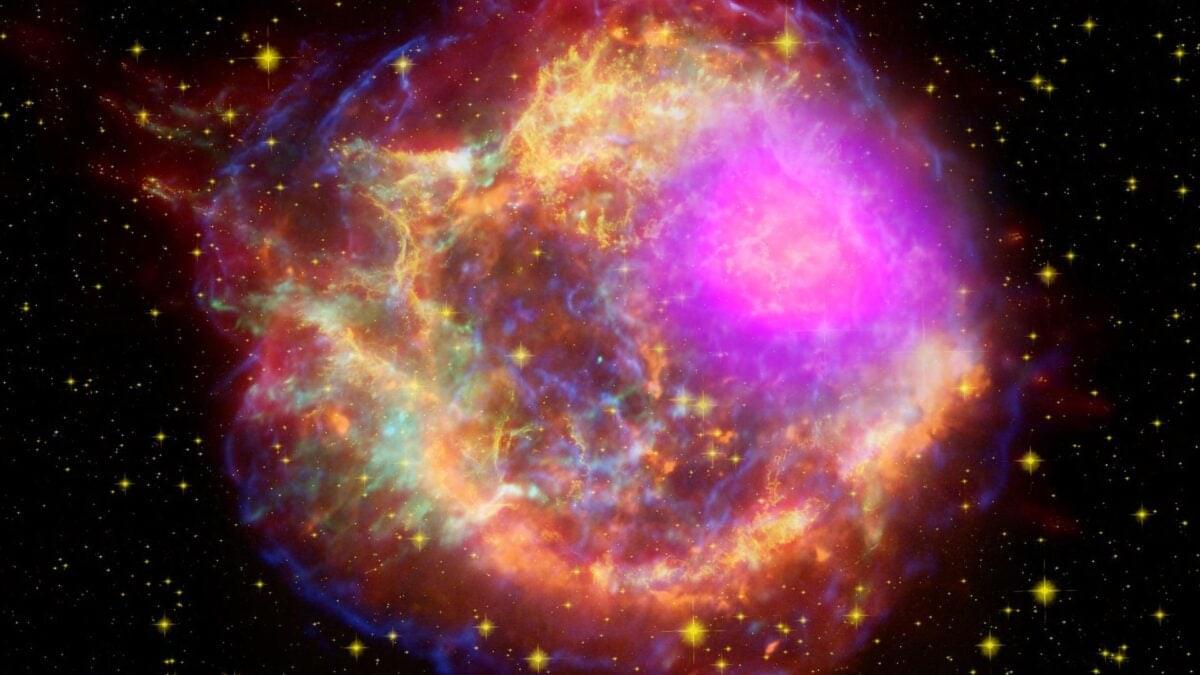

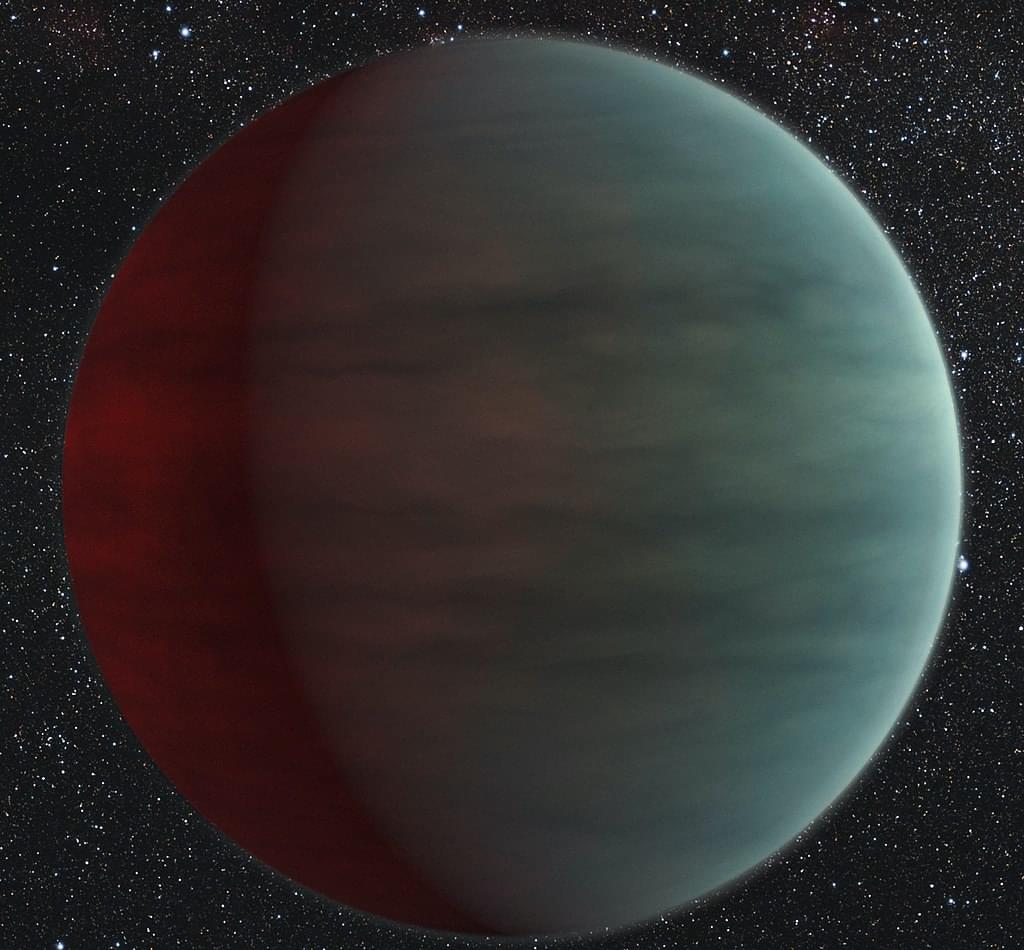
Explore the entire life story of the cosmos, from quantum flickers at the Big Bang to the distant eras of black holes and dark energy, and discover what kinds of civilizations might endure across these unimaginable spans of time.
Watch my exclusive video Mass Drivers on the Moon: https://nebula.tv/videos/isaacarthur-mass-drivers-on-the-moo…ar-economy.
Get Nebula using my link for 40% off an annual subscription: https://go.nebula.tv/isaacarthur.
Get a Lifetime Membership to Nebula for only $300: https://go.nebula.tv/lifetime?ref=isaacarthur.
Use the link https://gift.nebula.tv/isaacarthur to give a year of Nebula to a friend for just $36.
Visit our Website: http://www.isaacarthur.net.
Join Nebula: https://go.nebula.tv/isaacarthur.
Support us on Patreon: https://www.patreon.com/IsaacArthur.
Support us on Subscribestar: https://www.subscribestar.com/isaac-arthur.
Facebook Group: https://www.facebook.com/groups/1583992725237264/
Reddit: https://www.reddit.com/r/IsaacArthur/
Twitter: https://twitter.com/Isaac_A_Arthur on Twitter and RT our future content.
SFIA Discord Server: https://discord.gg/53GAShE
Credits:
Spaceport Innovations — Designing the Next Generation of Launch Sites.
July 31, 2025; Episode 744
Written, Produced & Narrated by: Isaac Arthur.
Epochs of the Universe — The Cosmic Clock & Civilization (July 31, 2025)
Recorded: June 2025
Written by: Isaac Arthur.
Editor: Lukas Konecny.
Select imagery/video supplied by Getty Images.
Music Courtesy of Epidemic Sound http://epidemicsound.com/creator.
Chapters.
0:00 Intro.
2:26 The T-Scale — Time, Terrifyingly Large and Small.
8:25 The Grand Unification Epoch.
10:30 The Inflationary Epoch.
15:40 The Electroweak Epoch.
17:41 The Quark Epoch.
18:19 The Hadron Epoch.
19:28 The Early Universe.
22:52 The Stelliferous Era (T10–T14)
22:24 Into the Darkness (T15-T67)
31:56 The Sojourn.
32:54 The Black Hole Era.
36:55 The Dark Era.
40:29 Final Fates: Cycles, Cracks, and Cosmic Cliffhangers.
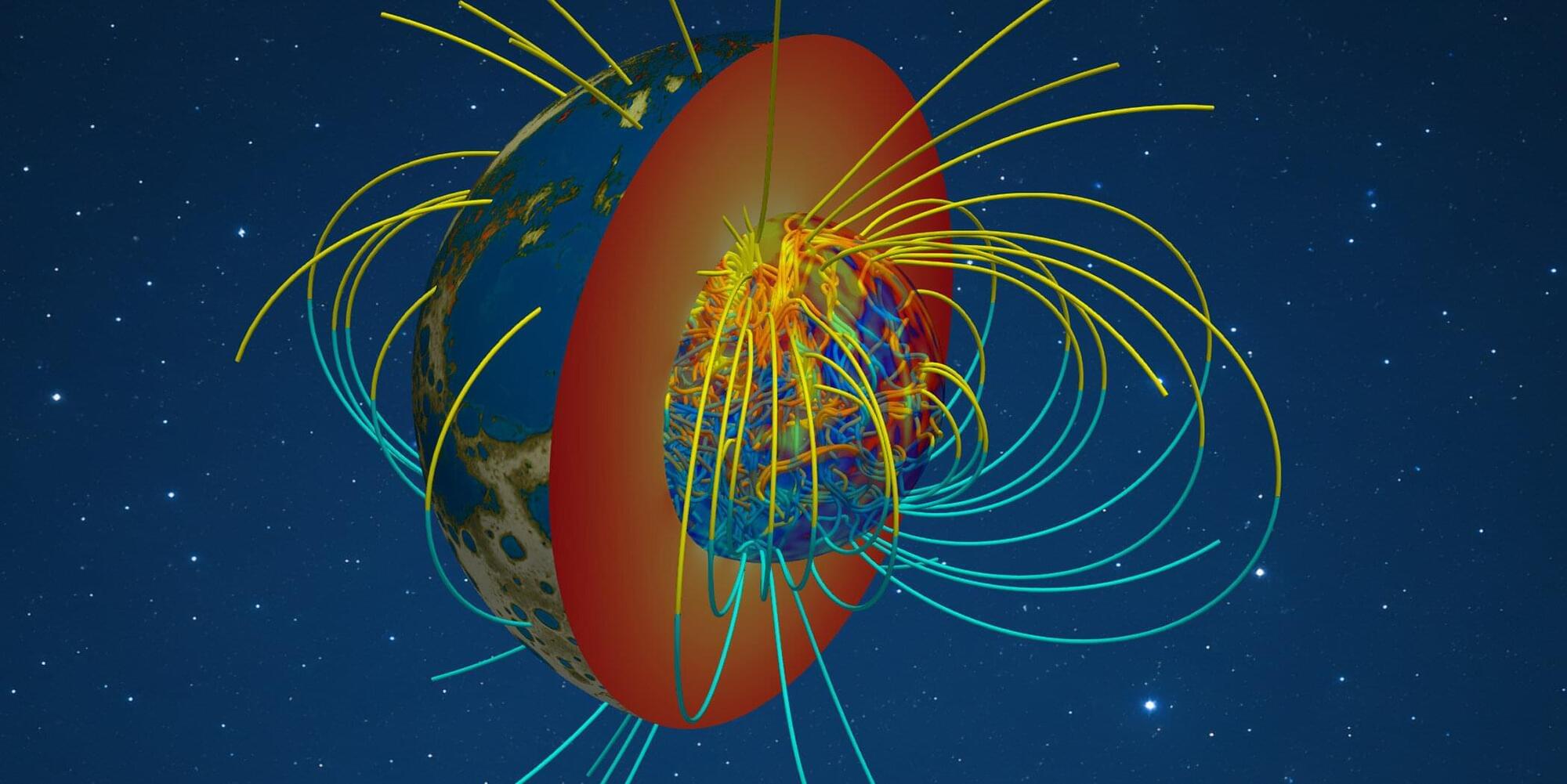
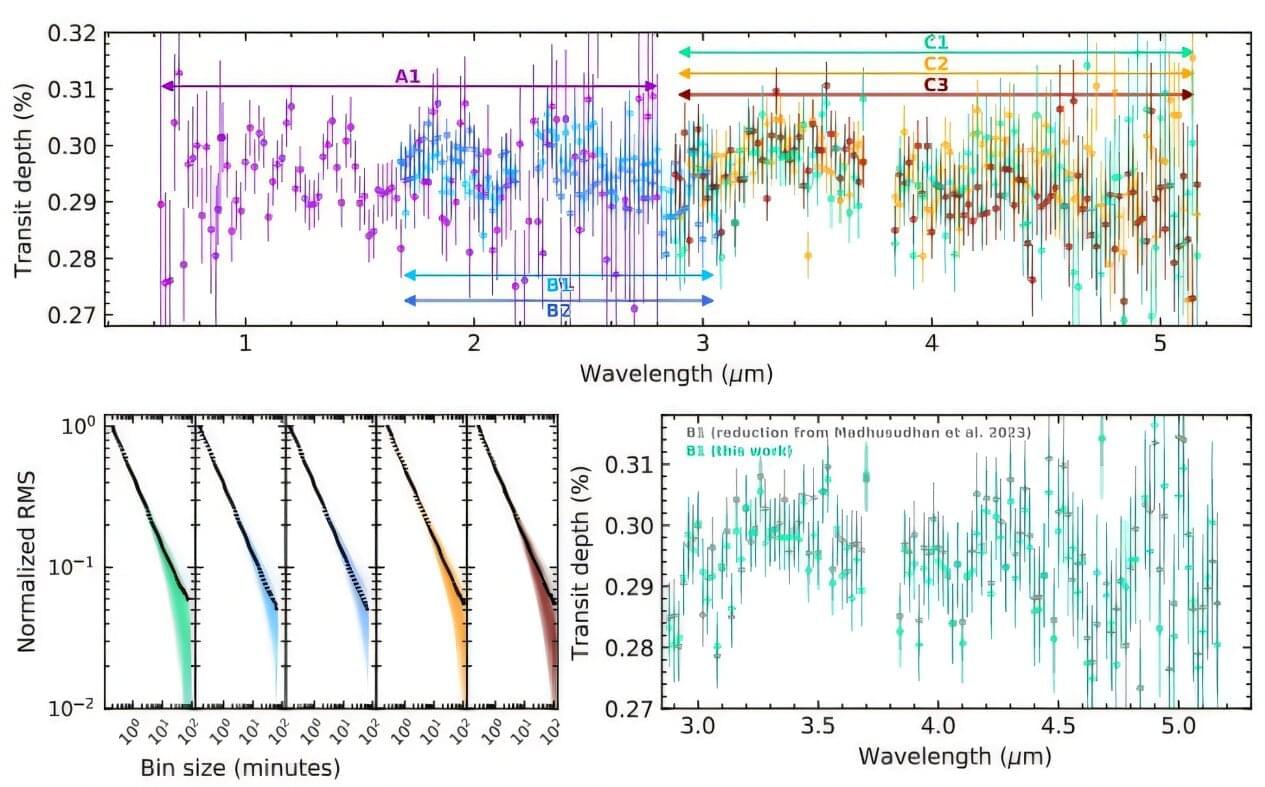
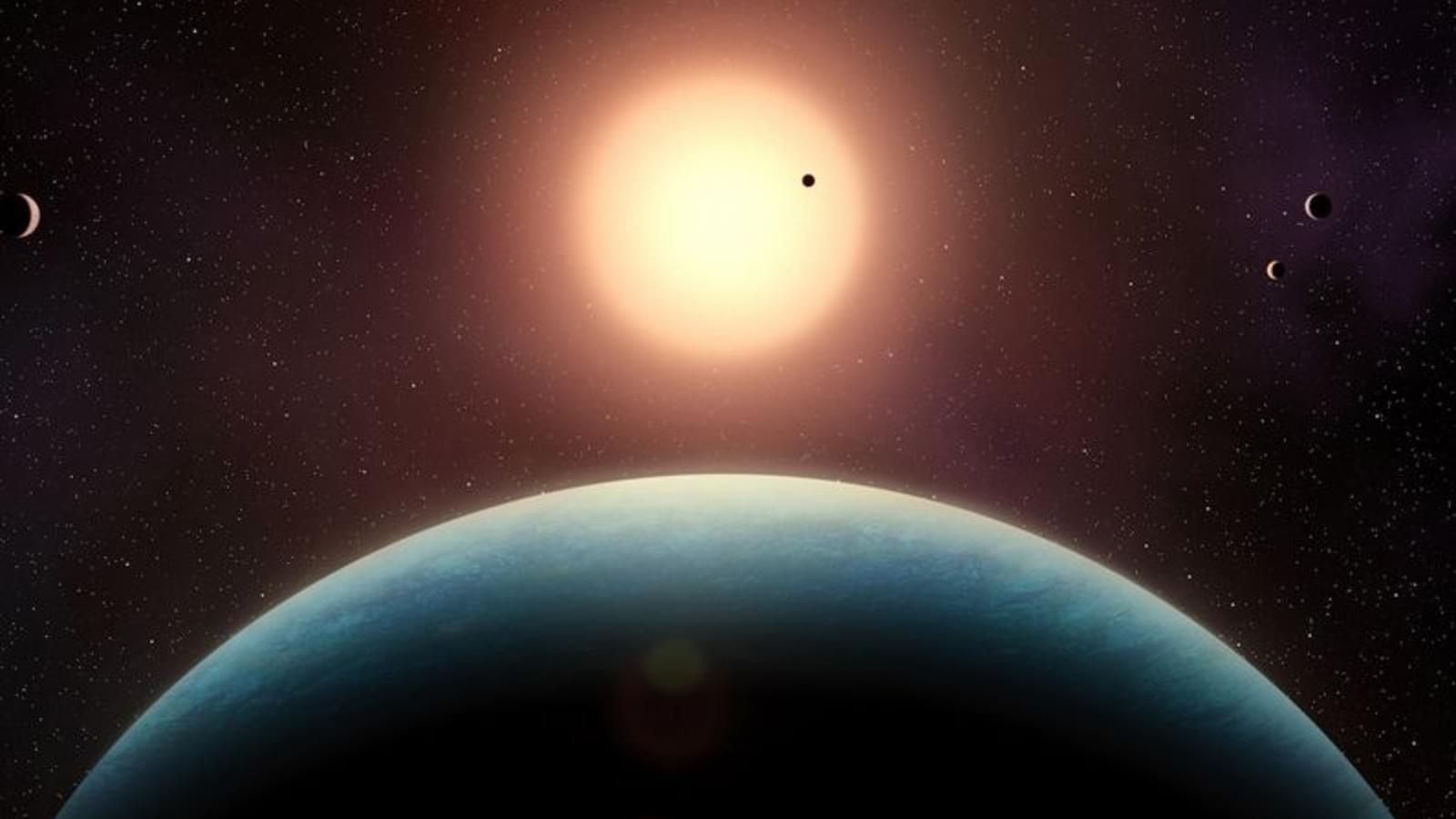
“Finding a temperate planet in such a compact system makes this discovery particularly exciting,” Charles Cadieux, a postdoctoral researcher at the university and lead author of the study, said in the statement. “It highlights the remarkable diversity of exoplanetary systems and strengthens the case for studying potentially habitable worlds around low-mass stars.”
L 98–59 f was discovered by reanalyzing data from the European Southern Observatory’s (ESO) HARPS (High Accuracy Radial velocity Planet Searcher) and ESPRESSO (Echelle Spectrograph for Rocky Exoplanet and Stable Spectroscopic Observations) spectrographs. Since the exoplanet doesn’t transit, or pass in front of, its host star from our perspective, astronomers spotted it by tracking subtle shifts in the star’s motion that are caused by the planet’s gravitational pull.
By combining the spectrograph data with observations from NASA’s TESS (Transiting Exoplanet Survey Satellite) and James Webb Space Telescope (JWST) — and using advanced techniques to filter out stellar noise — researchers were able to determine the size, mass and key properties of all five planets.

Most cosmologists agree that our universe had a beginning. But the finer details about the Big Bang remain a mystery. A history of everything would explain all, or so theoretical physicists hoped. In his final years, Stephen Hawking working with Thomas Hertog proposed a striking idea: The laws of physics were not precisely determined before the Big Bang; they evolved as the universe evolved.
In this episode of The Joy of Why, Hertog speaks with co-host Janna Levin about his work and partnership with Hawking. Hertog, now at KU Leuven in Belgium, explains why they rejected the popular multiverse theory and instead explored the idea that the universe’s properties are a result of cosmological natural selection. According to Hertog and Hawking, these properties must be viewed through the lens of human observers, who are also the consequence of natural selection.
So, how could the universe have created the conditions needed for life to emerge? Listen to the episode below to find out.
Radar from airports and military systems may expose Earth to alien detection. These signals could be used to find intelligent civilizations. New research indicates that radar systems operated by both civilian airports and military facilities may be unintentionally broadcasting Earth’s presence to
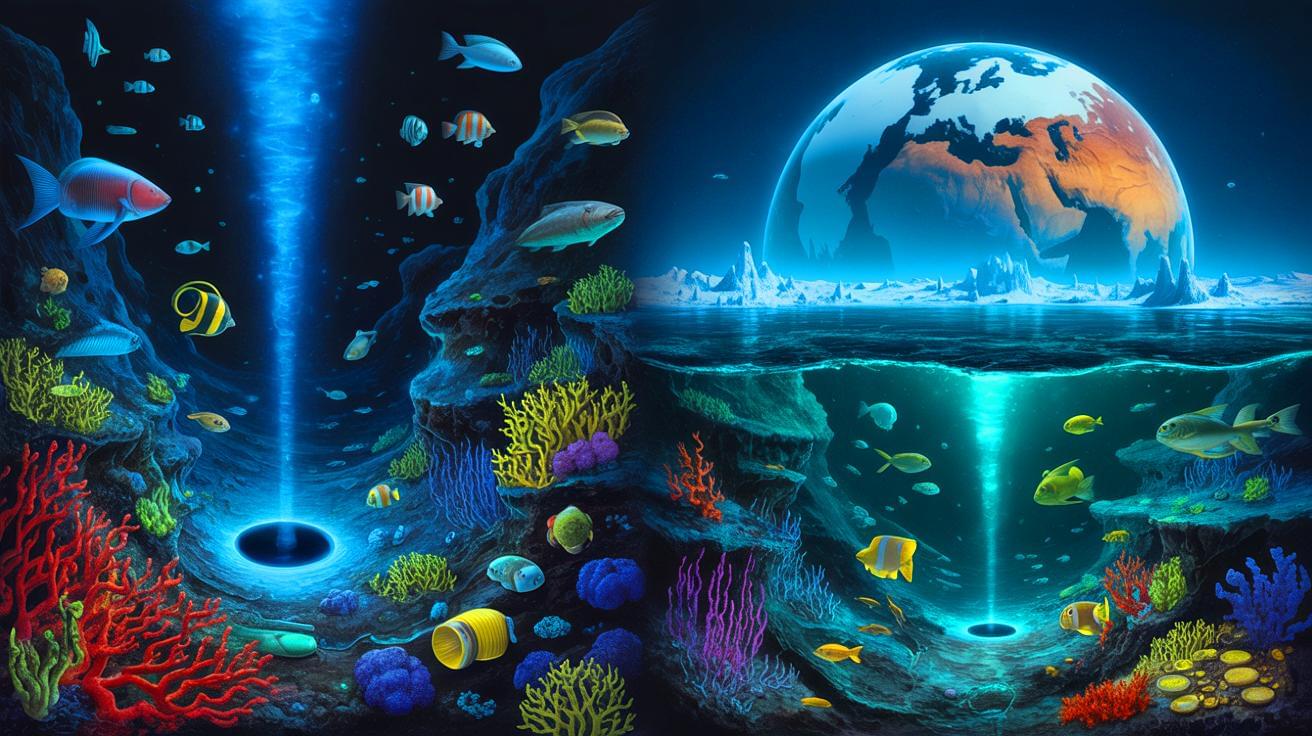
IN A NUTSHELL 🌊 Scientists are studying Earth’s deep-sea hydrothermal vents as a model for potential life on Europa. 🔬 James Holden’s team uses lab simulations to understand how microbes survive in extreme conditions. 🚀 The Europa Clipper mission aims to explore Europa’s ice shell and subsurface ocean, searching for signs of life. 🌌 Discoveries
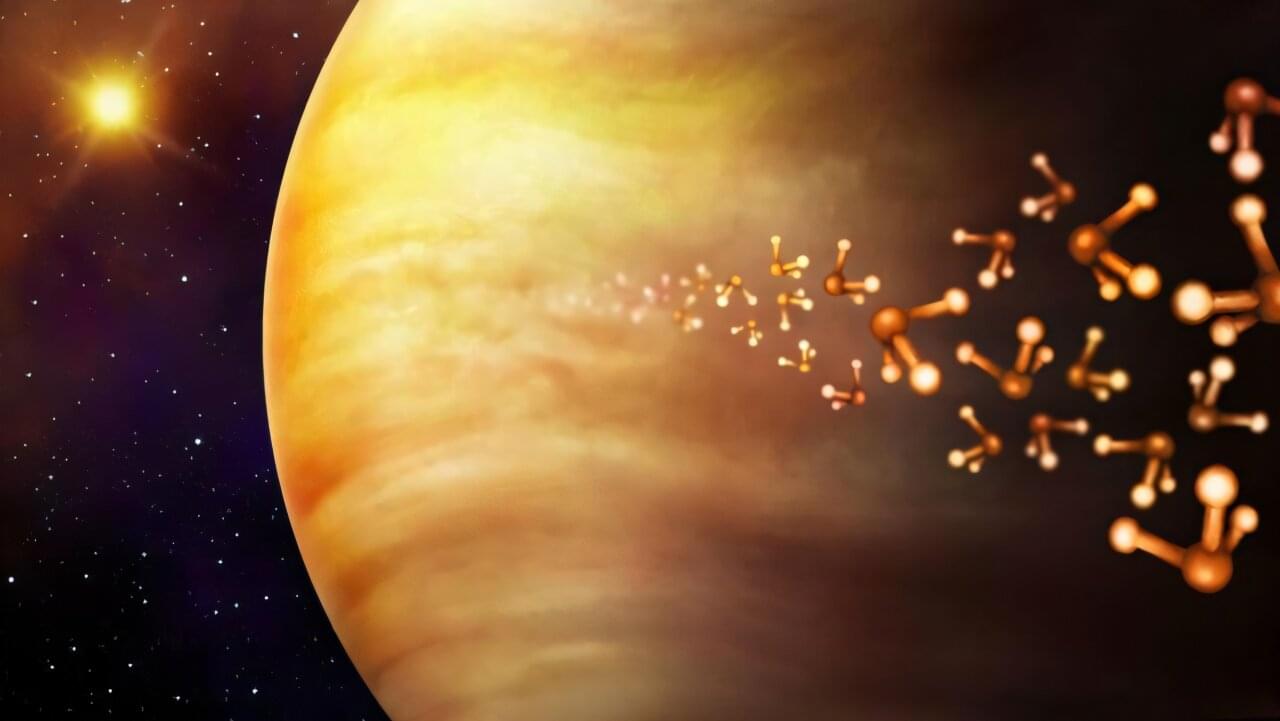
The answer to whether tiny bacterial life-forms really do exist in the clouds of Venus could be revealed once and for all by a UK-backed mission.
Over the past five years, researchers have detected the presence of two potential biomarkers—the gases phosphine and ammonia—which on Earth can only be produced by biological activity and industrial processes.
Their existence in the Venusian clouds cannot easily be explained by known atmospheric or geological phenomena, so Cardiff University’s Professor Jane Greaves and her team are plotting a way to get to the bottom of it.